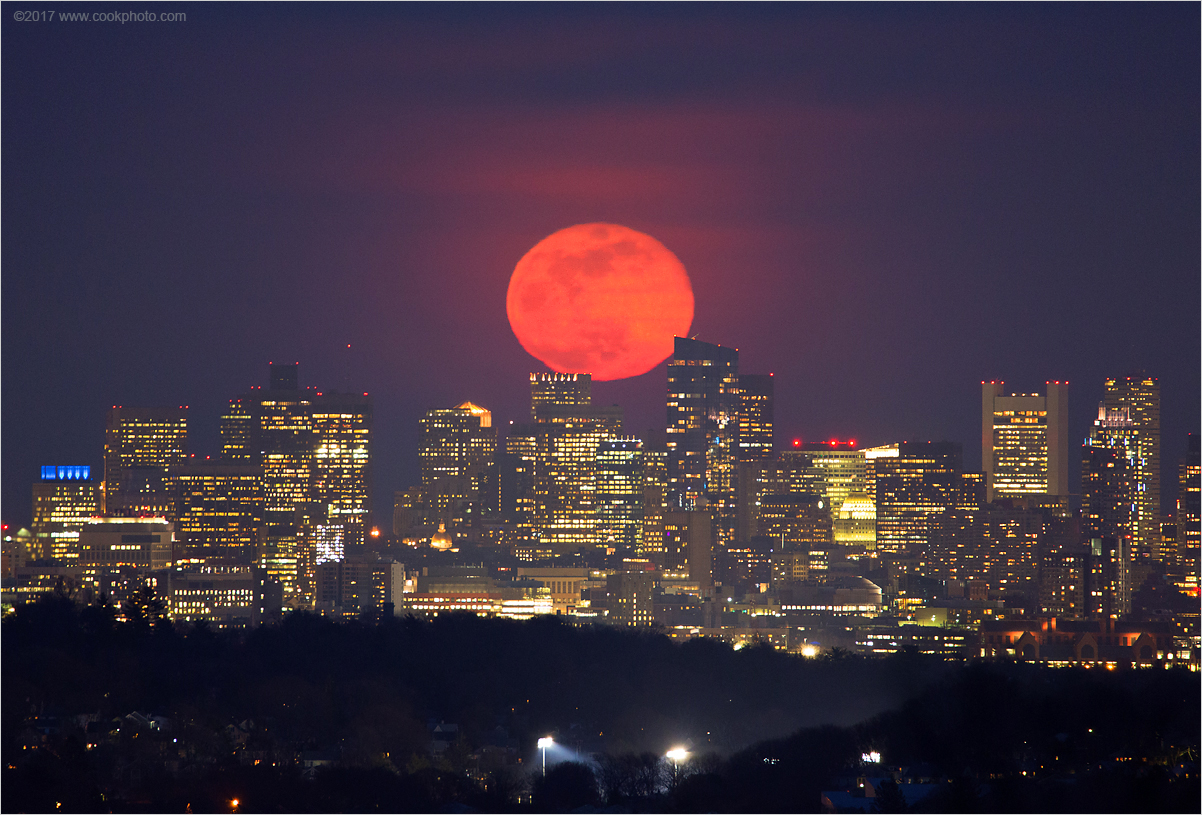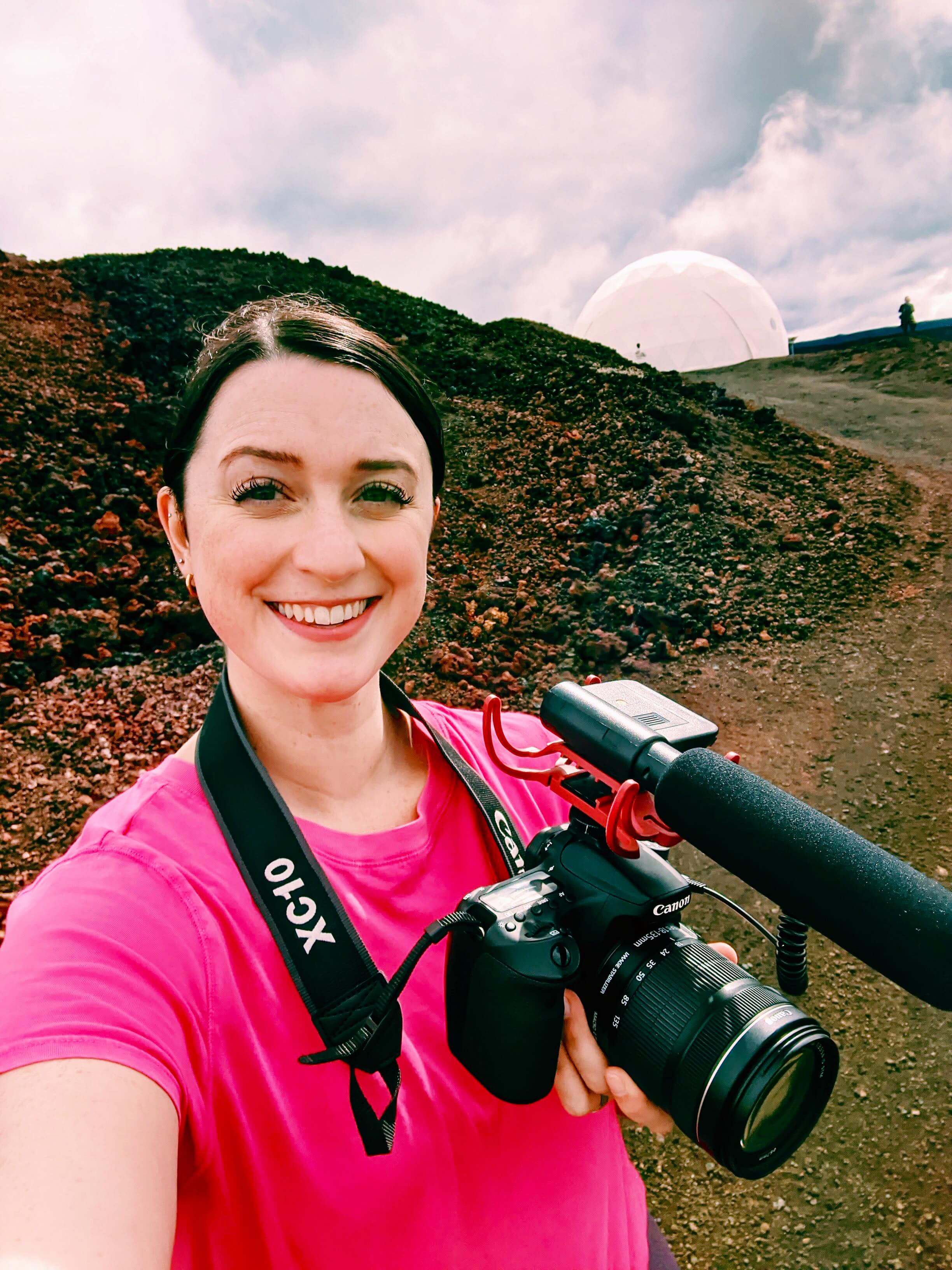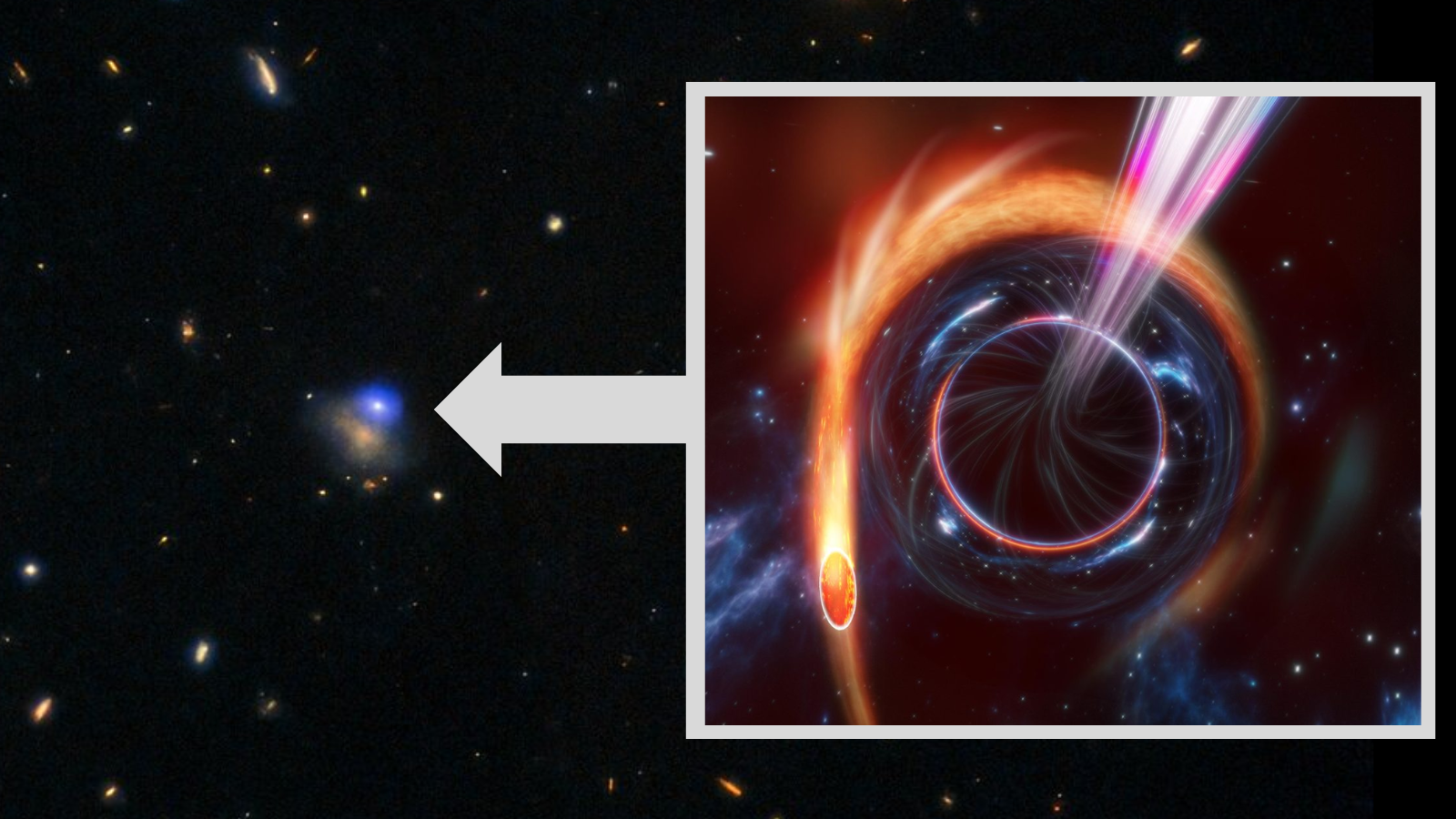No, the 'Super Pink Moon' isn't really pink … though we wish it was
I'm so sorry.

As much as I (an avid lover of all things pink) would love for the "Super Pink Moon," which comes out tonight (April 7) to actually be pink, it won't be.
I am a space writer and someone who owns a pink flight suit and a wardrobe of (honestly) primarily pink clothing. So, imagine how thrilled I would be if the moon were to light up bright and pink in the night sky, a big and brilliant rosy lantern illuminating everything below with a hazy, peachy glow.
But, my friends, unfortunately on our planet, unless it's obscured by pink-hued clouds, the moon does not turn pink.
Related: How to watch the 'Super Pink Moon' online tonight!
More: Teach your kids about the biggest full moon of 2020!
The "Super Pink Moon," which will be the biggest supermoon of 2020, is actually named for a pink wildflower, Phlox subulata, which commonly blooms in eastern North America in the early springtime, as it was delineated in The Old Farmer's Almanac. Full moon names in the almanac, like with this "pink" moon, often come from names originally created and used by Native American tribes.
Now, you may not have heard the scientific name for this pink, springtime flower but that's because it goes by many names, including wild ground phlox, the creeping phlox, moss plox and it's even known by the nickname "moss pink."
The moon actually never "turns color." It only occasionally looks like it's a different color in a few instances, such as when there's a lunar eclipse obscuring it and "turning it dark" or if there is some sort of atmospheric event like pinkish or other-colored clouds present and they're obscuring our rocky satellite.
Breaking space news, the latest updates on rocket launches, skywatching events and more!
But while it is heartbreaking that the moon won't actually be pink, it will still be absolutely brilliant. Because it is a supermoon, it will appear up to 7% bigger and significantly brighter than the average full moon in the night sky which, no matter the color, is an unbelievable and beautiful sight to behold.
The "super" part of the moniker "Super Pink Moon" actually came from an American astrologer (yes, you read that right, an astrologer) named Richard Noelle. In 1979, Noelle denoted the name "supermoon" to moons that are at or close to 90 percent perigee, or 90 percent as close as the moon will get to the Earth in its roughly 28-day orbit. This term was later refined to only full moons that meet this criteria.
Editor's note: If you have an amazing supermoon photo you'd like to share for a possible story or image gallery, you can send images and comments in to spacephotos@space.com.
- Supermoon and pink sky: Full moon rises against 'Belt of Venus'
- 'Supermoon' photos: The closest full moon until 2034 in pictures
- How to photograph the supermoon: NASA pro shares his tips
Follow Chelsea Gohd on Twitter @chelsea_gohd. Follow us on Twitter @Spacedotcom and on Facebook.
OFFER: Save at least 56% with our latest magazine deal!
All About Space magazine takes you on an awe-inspiring journey through our solar system and beyond, from the amazing technology and spacecraft that enables humanity to venture into orbit, to the complexities of space science.

Chelsea “Foxanne” Gohd joined Space.com in 2018 and is now a Senior Writer, writing about everything from climate change to planetary science and human spaceflight in both articles and on-camera in videos. With a degree in Public Health and biological sciences, Chelsea has written and worked for institutions including the American Museum of Natural History, Scientific American, Discover Magazine Blog, Astronomy Magazine and Live Science. When not writing, editing or filming something space-y, Chelsea "Foxanne" Gohd is writing music and performing as Foxanne, even launching a song to space in 2021 with Inspiration4. You can follow her on Twitter @chelsea_gohd and @foxannemusic.

